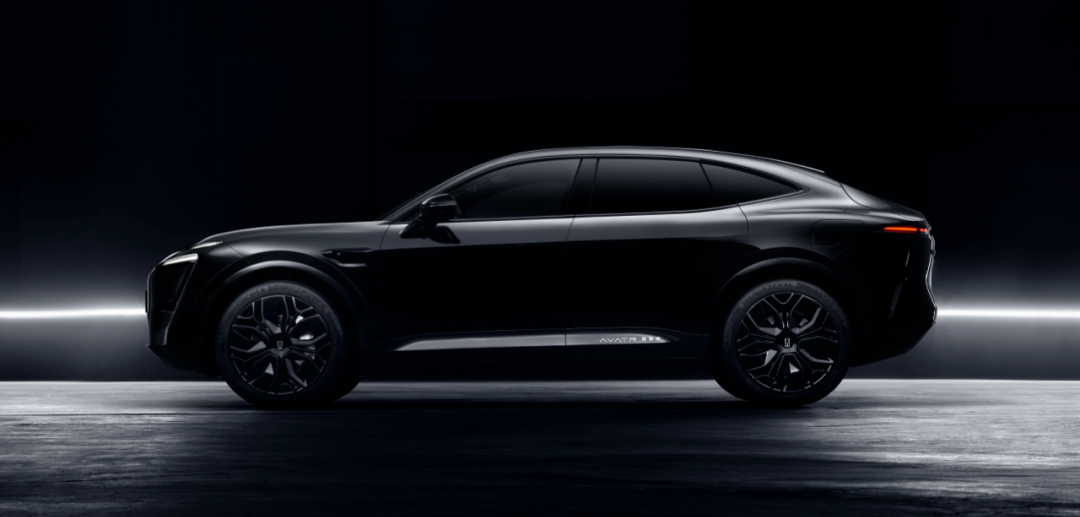Jia Haonan posted from the Co-pilot Temple
Intelligent car reference | AI4Auto WeChat Official Account
Avita 11 has just been officially released:
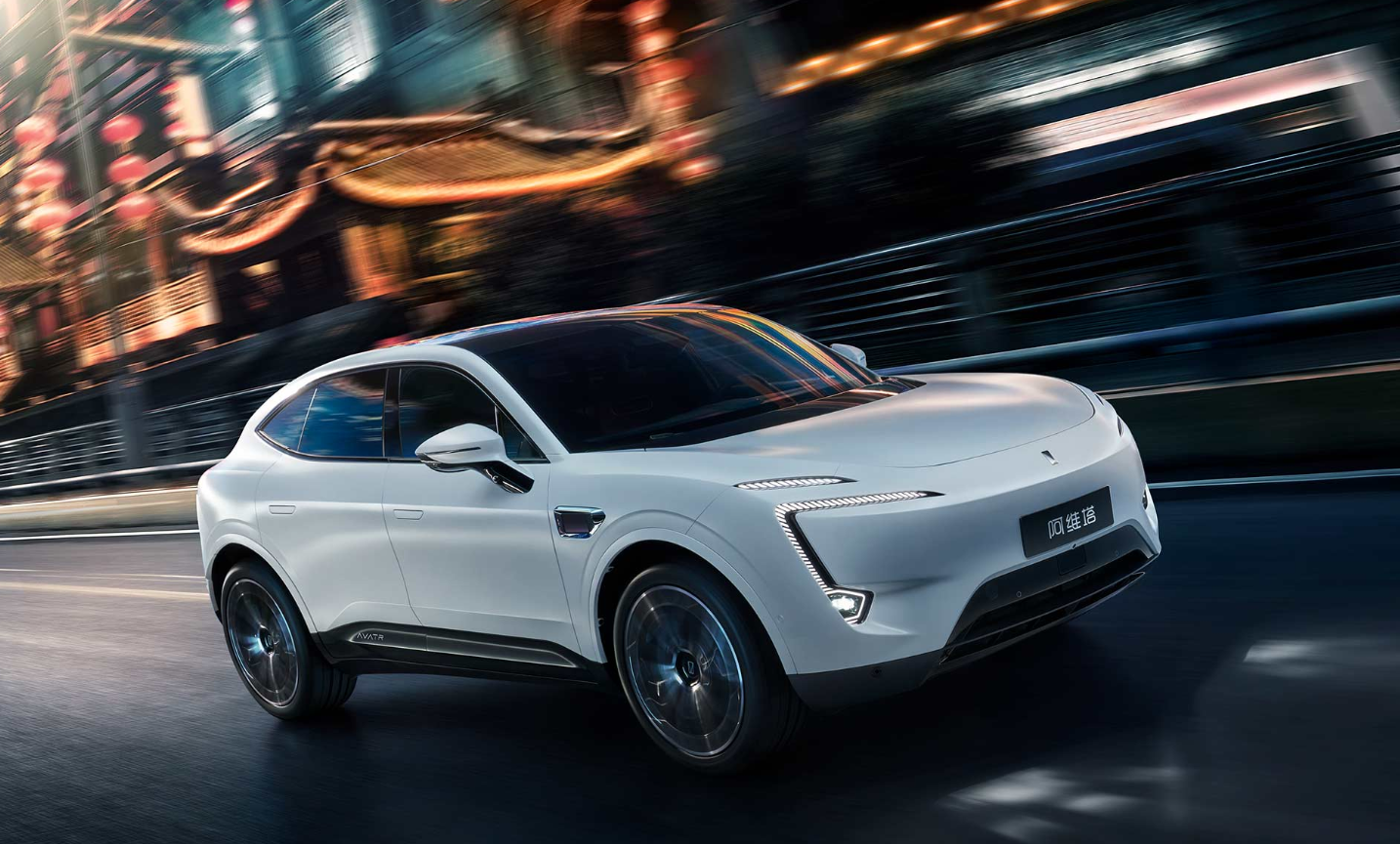
Who is Avita?
It is a new intelligent electric vehicle brand jointly created by three powerful players in their respective fields: Changan Automobile, CATL, and Huawei.
Changan Automobile and CATL hold 38.02% and 28.99% of the shares respectively, making them the two largest shareholders, with Huawei not participating.
However, during the press conference, Xu Zhijun, the rotating chairman of Huawei, remained in the center position, while Zhu Huarong, the top executive of Changan Automobile, and Zeng Yuqun, the chairman of CATL, were on either side.

Moreover, after seeing the Avita 11, you will find that despite Huawei not investing, this car is “all Huawei” from head to toe.
By the way, the price of Avita 11 has not been revealed yet, so I’ll guess:
Make friends with 300,000, please feel free to refute~
What kind of car is Avita 11
Let’s quickly get familiar with the basic information of Avita 11 first.
The vehicle belongs to the mid-to-large SUV size, with dimensions of 4880/1970/1601 mm in length, width and height respectively, and a wheelbase of 2975mm.
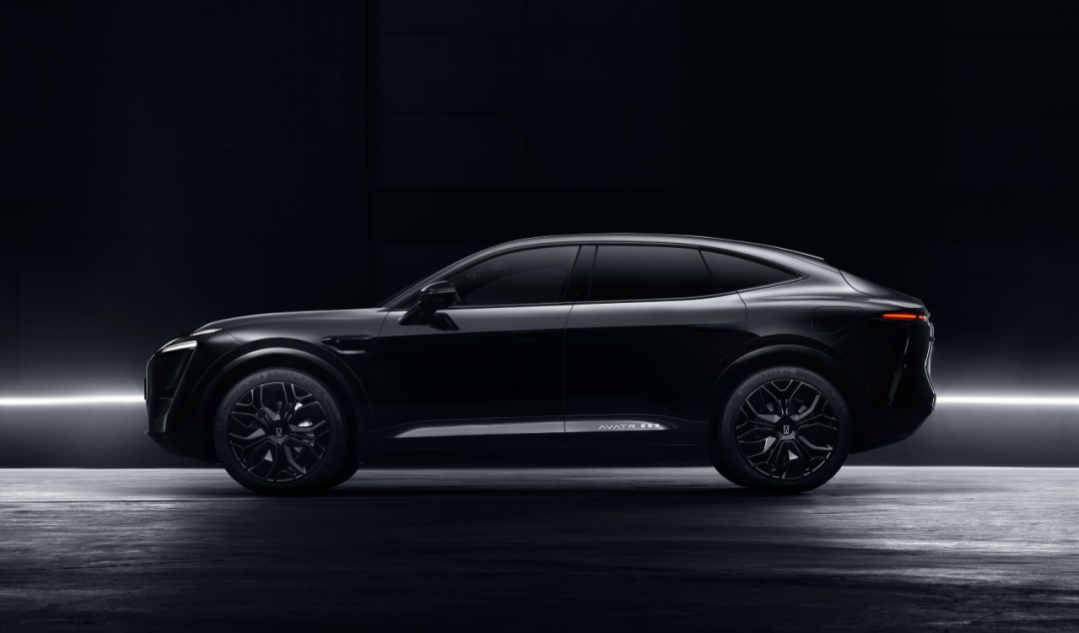
The wheelbase is the same as the imported BMW X5, but the body is shorter and more flexible, which is the inherent advantage of a pure electric platform.
In terms of styling, Avita 11 also has a deep connection with BMW. Nader Faghihzadeh, chief designer, worked at BMW for more than 20 years, leading the exterior and interior design of the 6 Series and 7 Series.
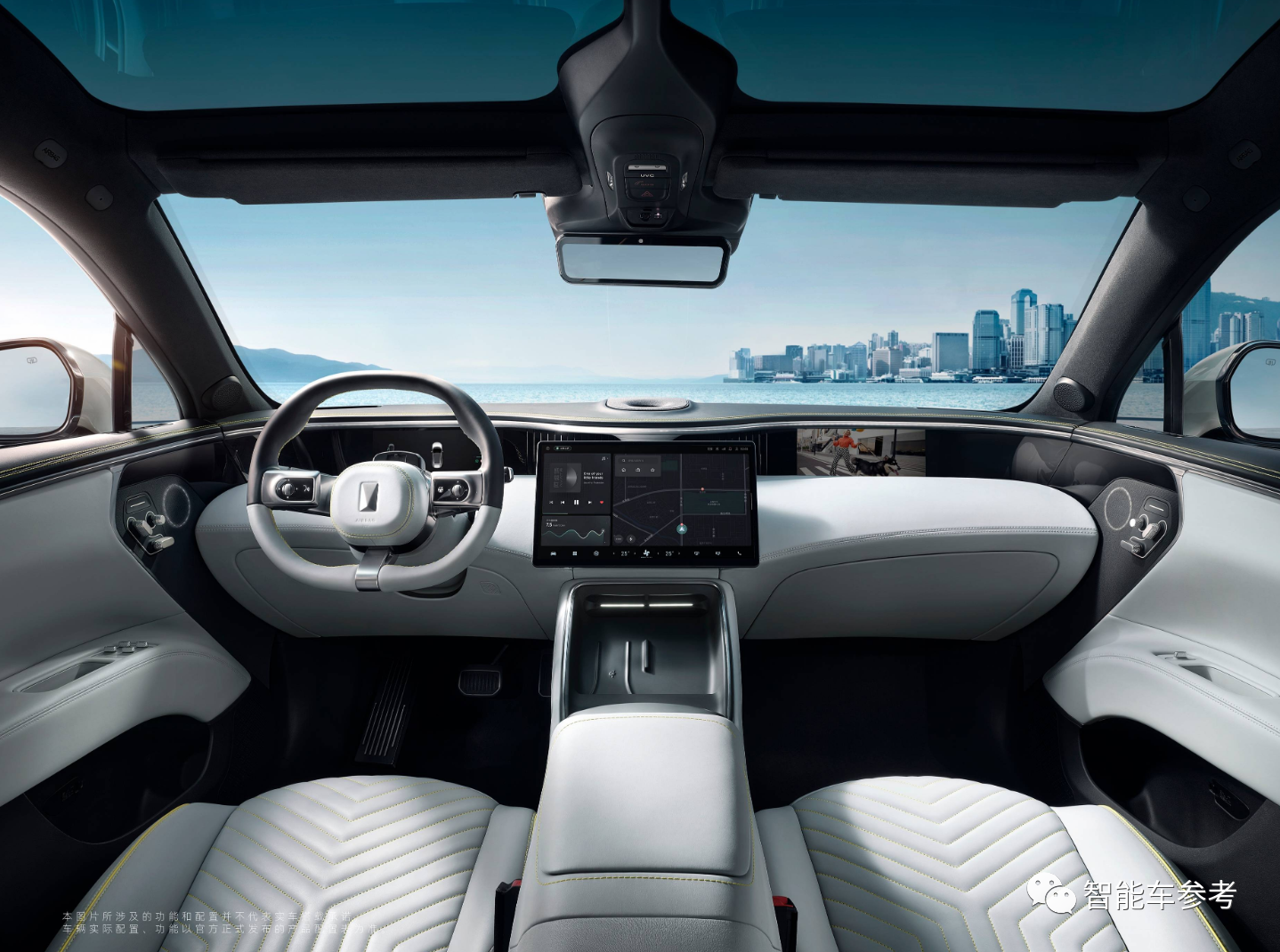
In terms of power and range, it is compatible with battery packs of multiple capacities ranging from 90kWh to 135kWh, with a charging voltage range of 400V to 750V, achieving an ultra-long range of over 700km. Moreover, it can increase its range by 200km in just 10 minutes.
Avita 11 can be equipped with a single-motor 2-wheel drive or a dual-motor 4-wheel drive system, with the latter having a maximum power of 425kW, a maximum torque of 650N·m, and a zero-to-100km acceleration in less than 4 seconds.
Other configurations that have been revealed include: NAPPA leather seats, suede headliner, 4/5 seat layout, ventilated and heated massage seats, in-car active noise reduction technology, and a unique partitioned panoramic sunroof:
Officially positioned as an “Emotional Intelligent Electric Vehicle,” the AVITA 11 places intelligence and interactive experiences at the forefront, and the series of luxurious and comfortable features mentioned above seem to be given and not the main selling point.
Meanwhile, as traditional car manufacturers, Dongfeng’s Voyah, SAIC’s Zhi Ji, and Geely’s Ji Ke, emphasize luxury and even sportiness and place intelligence second.
From this, it can be seen that Changan’s ideas and efforts concerning the automotive intelligence revolution are indeed different from those of other veteran car manufacturers.
So how smart is the AVITA 11?
How Smart is the AVITA 11?
Rather than discussing how intelligent the AVITA 11 is, it’s better to discuss how intelligent Huawei is.
As mentioned earlier, the AVITA 11 is all Huawei, especially in terms of intelligence, from the bottom-level system architecture to the top-level user interaction.
Let’s take a look from the bottom up.
Bottom-level System: Huawei Three-in-One, Intelligent Cabin and Driving Control Systems
AVITA’s collaboration model is actually the “Huawei Selects” model that Yu Chengdong explained before, where Huawei provides the team responsible for the vehicle intelligent algorithm, architecture, hardware, functionality, and experience, and builds an intelligent vehicle based on Huawei’s understanding.
On the AVITA 11, Huawei has implemented a layout of the three bottom-level intelligent systems for the car for the first time:
Huawei’s HarmonyOS intelligent cabin car machine operating system, AOS intelligent driving operating system, and VOS intelligent vehicle control operating system.
We’re pretty familiar with HOS, which is the car version of Hongmeng OS. However, in this case, HOS does not refer to the car’s interactive machine, but to the “nerves and skeleton” that connect and communicate with application functions, such as touchscreens and voice interaction, and intelligent cabin processors.

HOS is a microkernel operating system, which only puts the most basic operating system functions into the kernel. Non-basic services and applications are built on top of the kernel and run in user mode.
Advantages include providing a uniform interface, scalability, flexibility, portability, reliability, and suitability for object-oriented design, and more.
The AOS operating system is Huawei’s entire intelligent driving system software and hardware backend support, which can simultaneously meet the core requirements of intelligent driving software development, vehicle rule data-driven development, and has passed safety certifications such as ASIL-D.
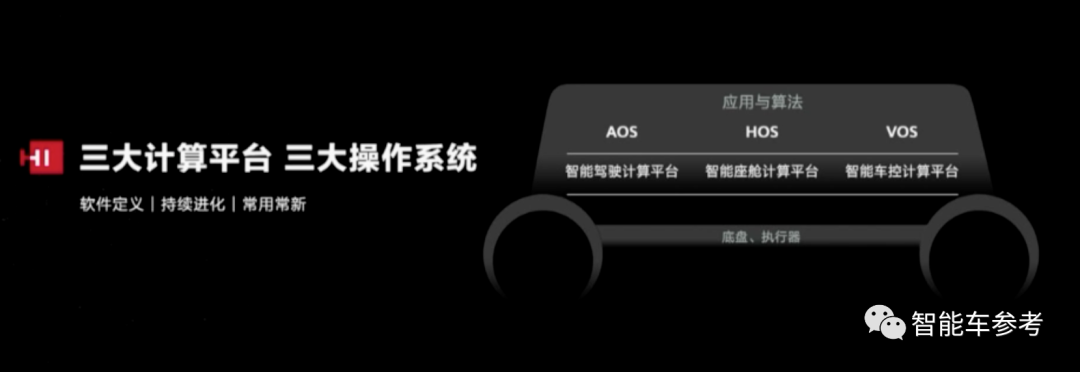
On this basis, Huawei has optimized communication scheduling and operating environment to meet the high determinism requirements for intelligent driving systems.
In other words, in addition to supporting Huawei’s self-developed intelligent driving algorithm, AOS also facilitates joint development with partners.
The VOS intelligent vehicle control operating system integrates hundreds of ECU functions of traditional cars into a unified management and control framework.
Similarly, VOS is not an ECU or domain controller, but a platform that provides development, management, and operation of ECU control programs.

VOS natively supports heterogeneous multicore, model-based toolchains, and is compatible with AUTOSAR, making centralized development of multiple ECUs simpler and more efficient. Compared to existing vehicle control systems, VOS is even more open and can support ECU processors from mainstream brands such as NXP and Infineon, in addition to Huawei’s own processor.
Huawei has developed three on-board operating systems, but an overall vehicle architecture requires command and control.
In addition to the three domain control systems, there is also a cross-domain integration and scheduling function called Vehicle Stack: a service-oriented cross-domain integration software framework, which enables rapid development, verification, and deployment of vehicle features.

By integrating cross-domain capabilities and unified openness through distributed communication, data and security frameworks, system capabilities can be called in accordance with the application scenarios and experience requirements of the entire vehicle, to achieve optimal performance and experience.
Vehicle Stack is not only the underlying electronic and electrical architecture of the Avatta 11, but also supports architecture reuse between different vehicle models, and supports a rich set of automation toolchains, significantly reducing the development cycles of subsequent vehicle models.
Intelligent Driving: Huawei Chips and LIDAR Equipped
Here are the detailed hardware configurations officially announced:

34 sensors, including 3 LIDAR, 6 millimeter-wave radar, 13 high-definition cameras, and 12 ultrasonic radar.
This configuration is more than enough for a pile of equipment.
Three LIDARs, all from Huawei, with one under the license plate frame at the front serving as the forwardlooking radar:
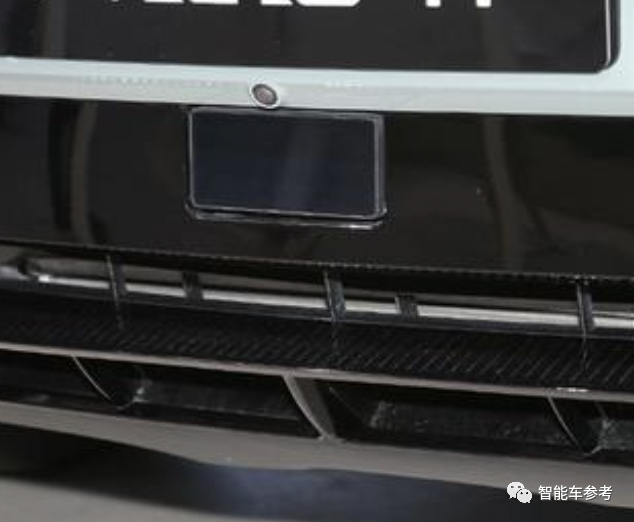
With one 96-line LIDAR on each side of the front fender, it should be able to cover a 180° range on both sides of the vehicle.
In addition, the underlying computing platform also comes from Huawei, MDC810, with a computing power of 400 TOPS.
The entire intelligent driving software and hardware are provided by Huawei. It can meet point-to-point continuous intelligent driving assistance, covering multiple scenarios such as highways, urban areas, and parking lots (officially named as Avita Intelligent Navigation System), and can also cope with driving assistance functions in special scenarios such as complex urban intersections and unprotected left turns.
In other words, Avita 11 promises users the ability of “three-domain fusion” intelligent driving. Although it is not explicitly stated that it can be experienced upon delivery, it can definitely be upgraded through OTA in the future.

Considering that the Beiqi ARCFOX αS, which also carries Huawei’s intelligent driving system, has not been delivered yet, the Avita 11, which will be launched in August, is very likely to become the first demonstration of Huawei’s autonomous driving capabilities.
Needless to say, countless eyes are fixed on Avita 11, not only from users, but also from Baidu, Xiaomi, Mobileye, Google, Xiaoma Zhixing…
In the future, the Intelligent Car Reference will also conduct the first testing and sharing of the experience.
Intelligent cockpit: HarmonyOS car system, is it just smooth?
The HarmonyOS car system is not new.
The Wanjie M5, which is co-developed by Huawei and Sailfish, has been on the market for some time and has delivered over 10,000 units in a record-breaking three months.
The car system has received unanimous praise, and its smoothness far exceeds that of the so-called intelligent cars currently available. It has even been jokingly said that the M5 is a “buy a car system and get a car for free.”
On the Avita, the Huawei HarmonyOS car system experience has only improved.
The Avita 11 is equipped with a 10.25-inch high-definition full LCD display at the driver and passenger positions, and a 15.6-inch full HD floating touch screen in the center.
The chip behind it is Huawei’s Kirin 910, which supports all screens on one chip.
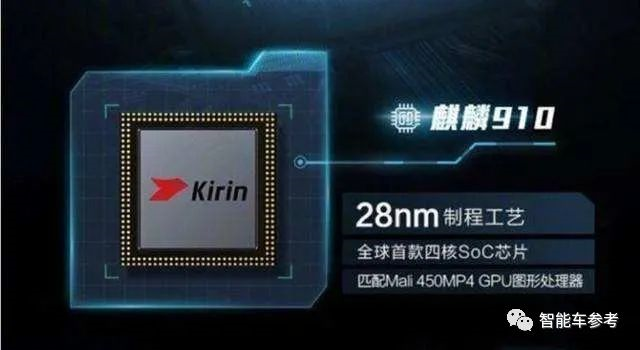
The HarmonyOS car system continues the familiar operation style of Huawei’s smartphones and tablets, while redesigning the desktop layout according to the driver’s perspective.
For example, the card-style Smart Dock shortcut bar is fixed at the bottom of the desktop, and can be used to pin frequently used applications and service cards for the car owner, such as navigation, music, and vehicle condition checking. It also supports custom settings for adjusting card size and layout order.
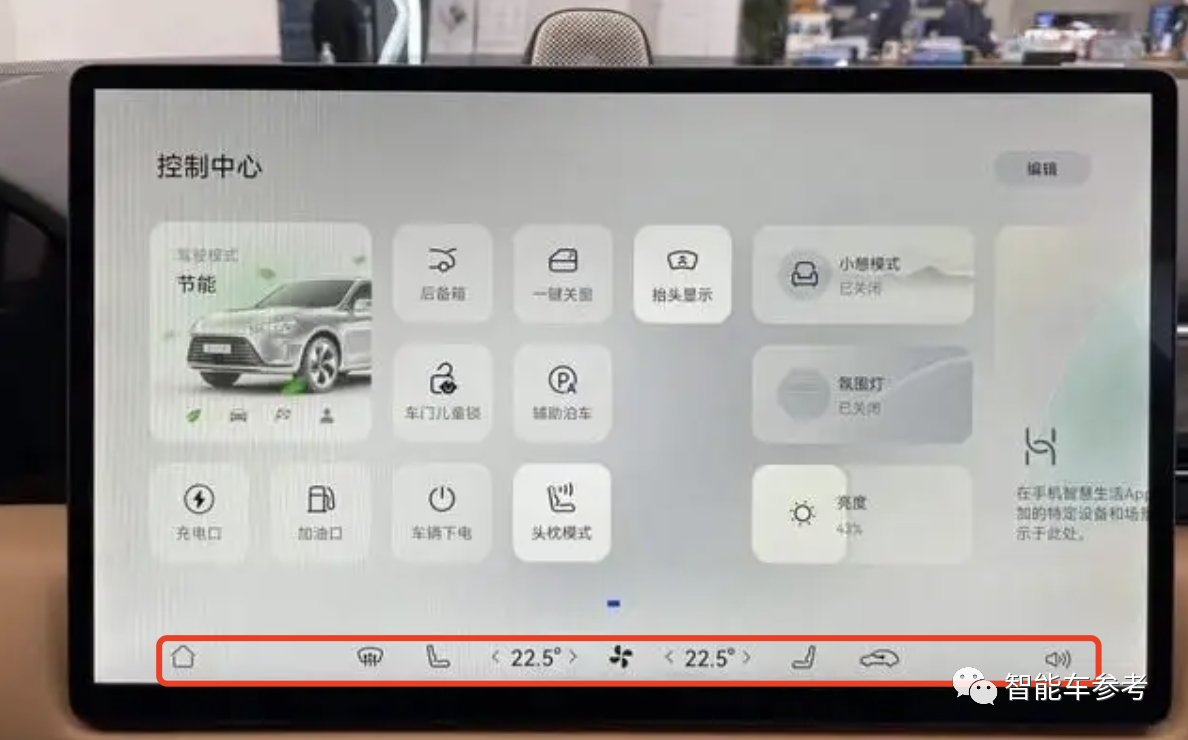 In addition, it supports automatic transfer of mobile navigation tasks to the central control screen when the car owner gets into the car, and location information sharing from third-party apps to the car machine; after getting off the car, the car navigation automatically switches back to the mobile phone.
In addition, it supports automatic transfer of mobile navigation tasks to the central control screen when the car owner gets into the car, and location information sharing from third-party apps to the car machine; after getting off the car, the car navigation automatically switches back to the mobile phone.
It also supports multi-tasking split-screen navigation, where the car owner can open a music application while navigating, and the navigation interface will automatically split-screen, allowing the application’s position to be freely changed by three-finger dragging.
“Xiao Ai Voice Assistant” has intelligent recognition for four sound areas and can accurately recognize commands from the main driving, co-driving, and rear seats.
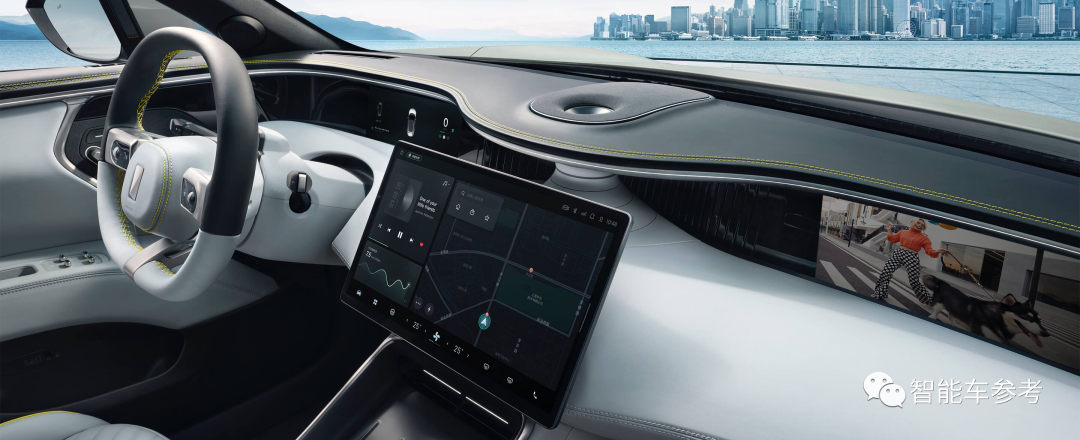
The biggest feature of the Hongmeng car machine comes from scene interconnection:
Huawei phones, watches, tablets, and smart screens can make voice or video calls with users in the car.
HUAWEI WATCH and phones can be used as car keys, allowing for remote control operations such as viewing vehicle condition, mode switching, locking, and window opening and closing.
The car machine can also remotely control smart Huawei devices such as sweeping robots, smart air conditioners, air purifiers, lights, and humidifiers in the Huawei ecology.
Looking at Huawei’s full-family solution, the Avita 11 has a higher Huawei content than the Lynk & Co Alpha S, embodying the essence of Huawei even more thoroughly.
And these are not all of them. On the Avita 11, there are still more Huawei genes.
What other technical highlights does the Avita 11 have?
On the question of car models, in addition to the car machine, there is another point that is highly praised, the electric drive and control system.
Completely independently developed by Huawei, the power, efficiency, and thermal management are said to be excellent.
If you go to a Huawei store to inquire about the Asking model, the salesperson will introduce Huawei’s “core of electricity” as the main selling point.
In the Avita 11, this is still one of the highlights.
Firstly, there is the electric drive. The Huawei DriveONE three-in-one electric drive unit integrates the motor, electronic control, and reducer, and also integrates oil cooling.
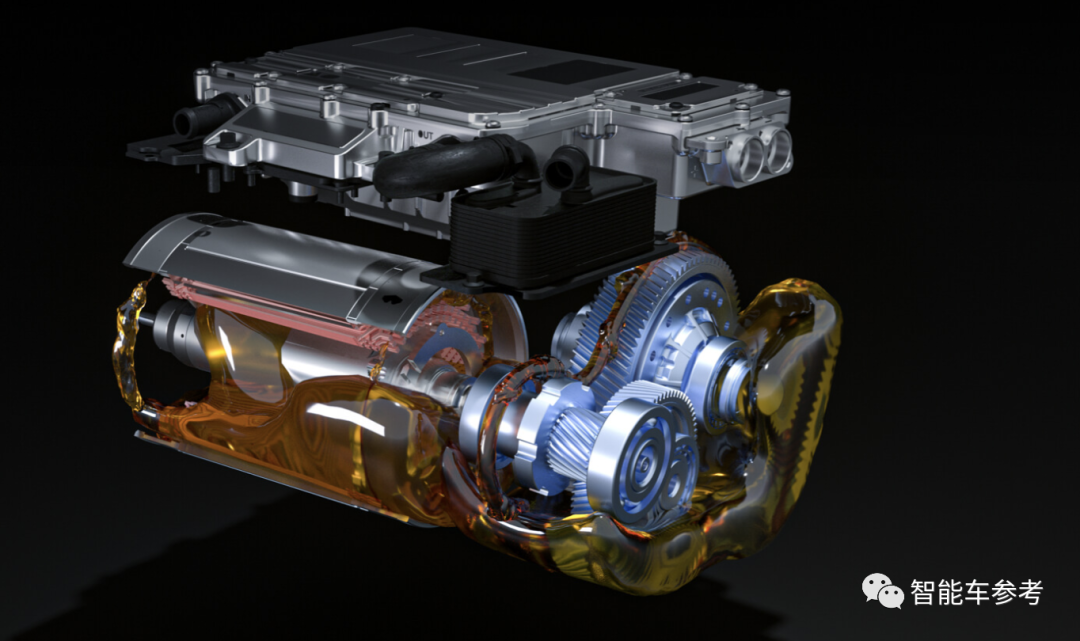
The first advantage is the small size, flexible layout, and can be directly integrated with the front and rear axles, without taking up space in the car.
Therefore, besides the conventional trunk, the Avita 11 also provides a front trunk with a capacity of 95L. This is an advantage that cannot be achieved by those oil-to-electric conversion models.
The second advantage is that the oil cooling system cooling liquid can directly contact the motor coil, with a higher heat transfer efficiency, making the Avita 11 theoretically have more durable performance output, rather than being just a “big horsepower brick” that can only go straight and overheat after a few laps on the track.
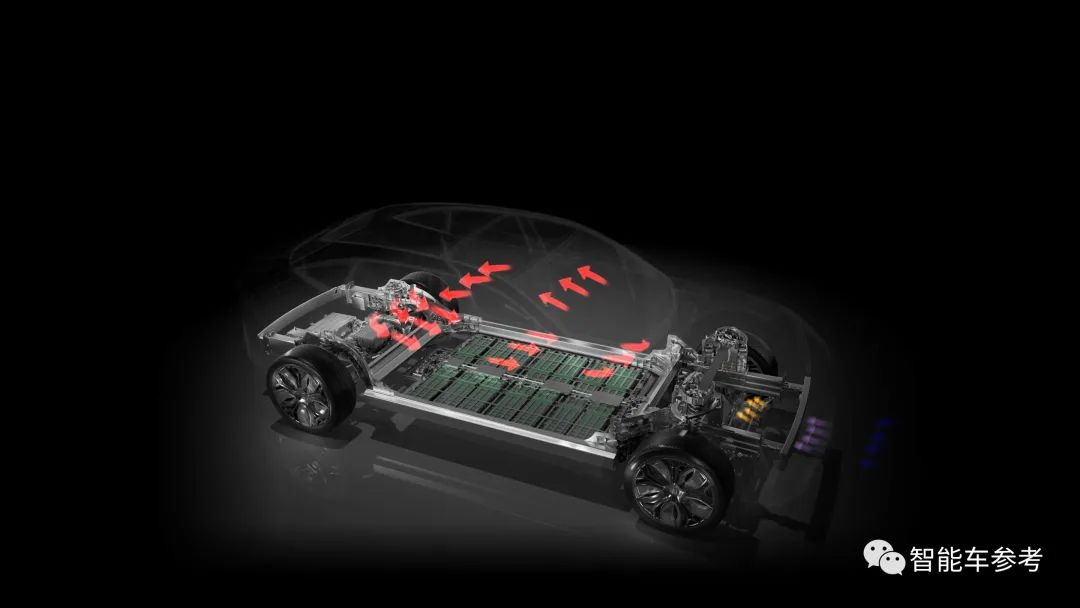 Meanwhile, Huawei has also installed its self-developed TMS thermal management system on the Avita 11, which includes heat pump air conditioning, kinetic energy recovery, energy consumption monitoring and distribution, etc., resulting in a 10% improvement in low-temperature endurance.
Meanwhile, Huawei has also installed its self-developed TMS thermal management system on the Avita 11, which includes heat pump air conditioning, kinetic energy recovery, energy consumption monitoring and distribution, etc., resulting in a 10% improvement in low-temperature endurance.
So far, that’s all about Huawei’s involvement with the Avita 11…
No wonder Xu Zhijun is in the spotlight. When it comes to the core components of new energy and intelligent automobiles, Huawei has basically left no stones unturned.
So, what’s beyond Huawei’s capability?
Batteries.
This is where CATL comes in. The Avita 11 is equipped with a CATL CTP ternary lithium-ion battery.
Some highlights: energy density up to 190Wh/kg, with battery packs of multiple capacities ranging from 90kWh to 135kWh to choose from, and a maximum endurance of over 700km.
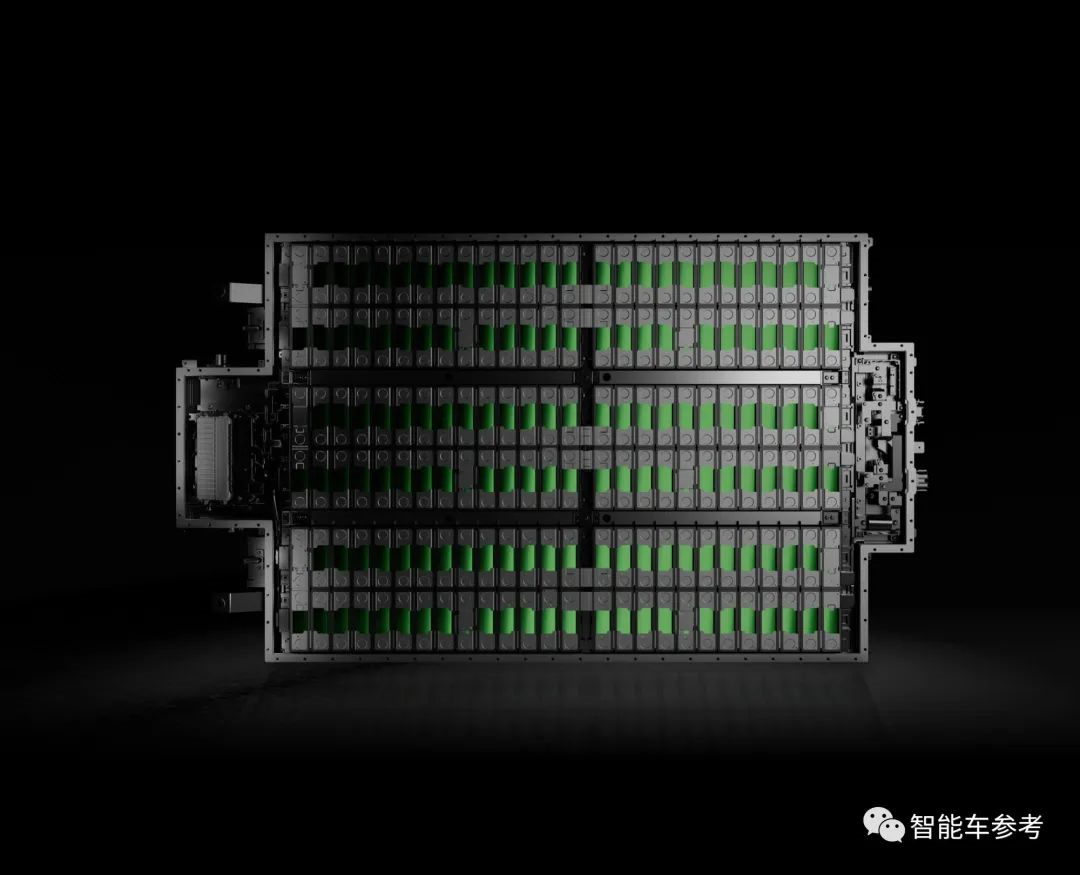
The charging voltage ranges from 400V to 750V, and a 10-minute charge can increase the endurance by 200km.
In addition, the battery pack also integrates multiple technologies such as big data warning, thermal runaway monitoring, and thermal spread suppression.
Finally, you may ask, what does Changan Automobile offer?
Obviously, as the parent company, state-owned giant, and project initiator, Changan is the biggest sponsor, actual controller, and manufacturer of the entire Avita brand.
All the technological highlights mentioned earlier, including the various functions provided by Huawei and CATL, are actually implemented on the CHN pure electric platform.

CHN stands for the initials of Changan, Huawei, and CATL, and the hardware layer can support the R&D of various models with different wheelbases ranging from 2800-3100mm.
The software layer provides a centralized domain control interface, wire-controlled chassis, and SOA software and hardware decoupling architecture…which is the underlying foundation of an intelligent car.
And without a doubt, Changan has the intellectual property and usage rights of this platform.
So that’s all we know so far about the Avita 11.
What do you think would be a reasonable price for this car? Would it be 300,000 RMB?
“`
This article is a translation by ChatGPT of a Chinese report from 42HOW. If you have any questions about it, please email bd@42how.com.
